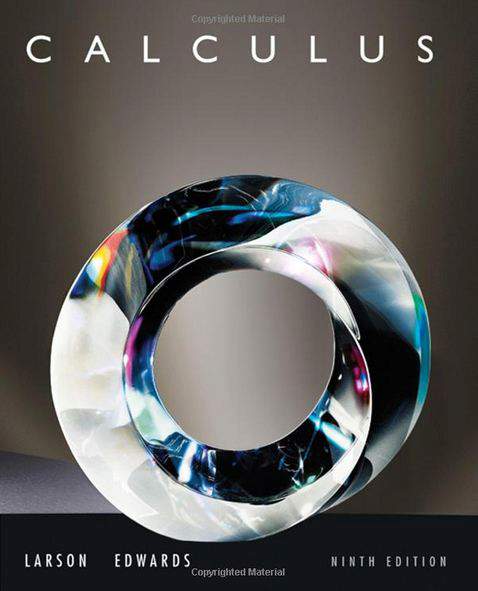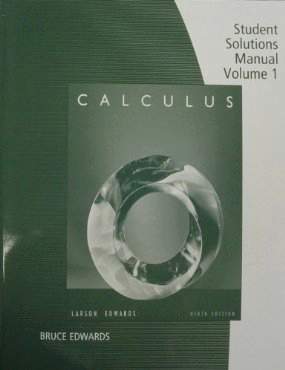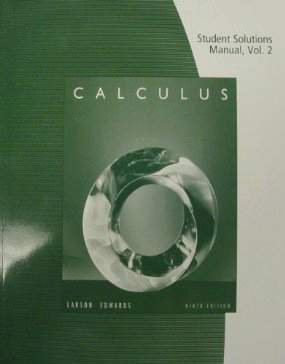Connecting...

This is a quick preview of the lesson. For full access, please Log In or Sign up.
For more information, please see full course syllabus of College Calculus: Level I
For more information, please see full course syllabus of College Calculus: Level I
College Calculus: Level I Volume by Method of Disks and Washers
Lecture Description
In this lesson we are going to take a look at using integration to compute volumes by means of the method called Method of Disks and Washers. The Disc Method is used for calculating the volume of a solid of revolution of a solid-state material when integrating along the axis of revolution. This method models the resulting three-dimensional shape as a stack of an infinite number of disks of varying radius and infinitesimal thickness. It is also possible to use the same principles with washers instead of disks (the Washer Method') to obtain hollow solids of revolutions. So, we are going to introduce and explain equations for this method and then we will do some examples.
Bookmark & Share
Embed
Share this knowledge with your friends!
Copy & Paste this embed code into your website’s HTML
Please ensure that your website editor is in text mode when you paste the code.(In Wordpress, the mode button is on the top right corner.)
×
Since this lesson is not free, only the preview will appear on your website.
- - Allow users to view the embedded video in full-size.
Next Lecture
Previous Lecture










































 Answer Engine
Answer Engine















0 answers
Post by Richard Gregory on October 17, 2013
Hi. I worked example three by converting the graph and co-ordinates into x values and then subtracting the area under the curve from the total disc volume. Is this a valid method? The answer was the same.
0 answers
Post by Kimberly McDevitt on November 19, 2012
There is something wrong with example number 4. The video jams around 1:50 and plays like a broken record. Please fix. Thank you.
0 answers
Post by Daniela Valencia on April 17, 2012
The lecture examples are very simple for a college calculus class. No very helpful.
1 answer
Last reply by: Mohanraj Ponraj
Sat Jan 19, 2013 10:45 AM
Post by Matthew Odunjo on June 21, 2011
please I didnt why the first Big radius is 4 and the small being x
2 answers
Last reply by: Mary Shriver
Sat May 26, 2012 9:54 AM
Post by Ruben Ayllon Ayllon on April 11, 2011
In Lecture Example 1 isn't the answer 128/7 pie. If not could you explain how you got the answer?
0 answers
Post by Fatima Sulaiman on May 4, 2010
how rude. These videos are pretty good except there needs to be 3d computerized examples for the area and volume problems.